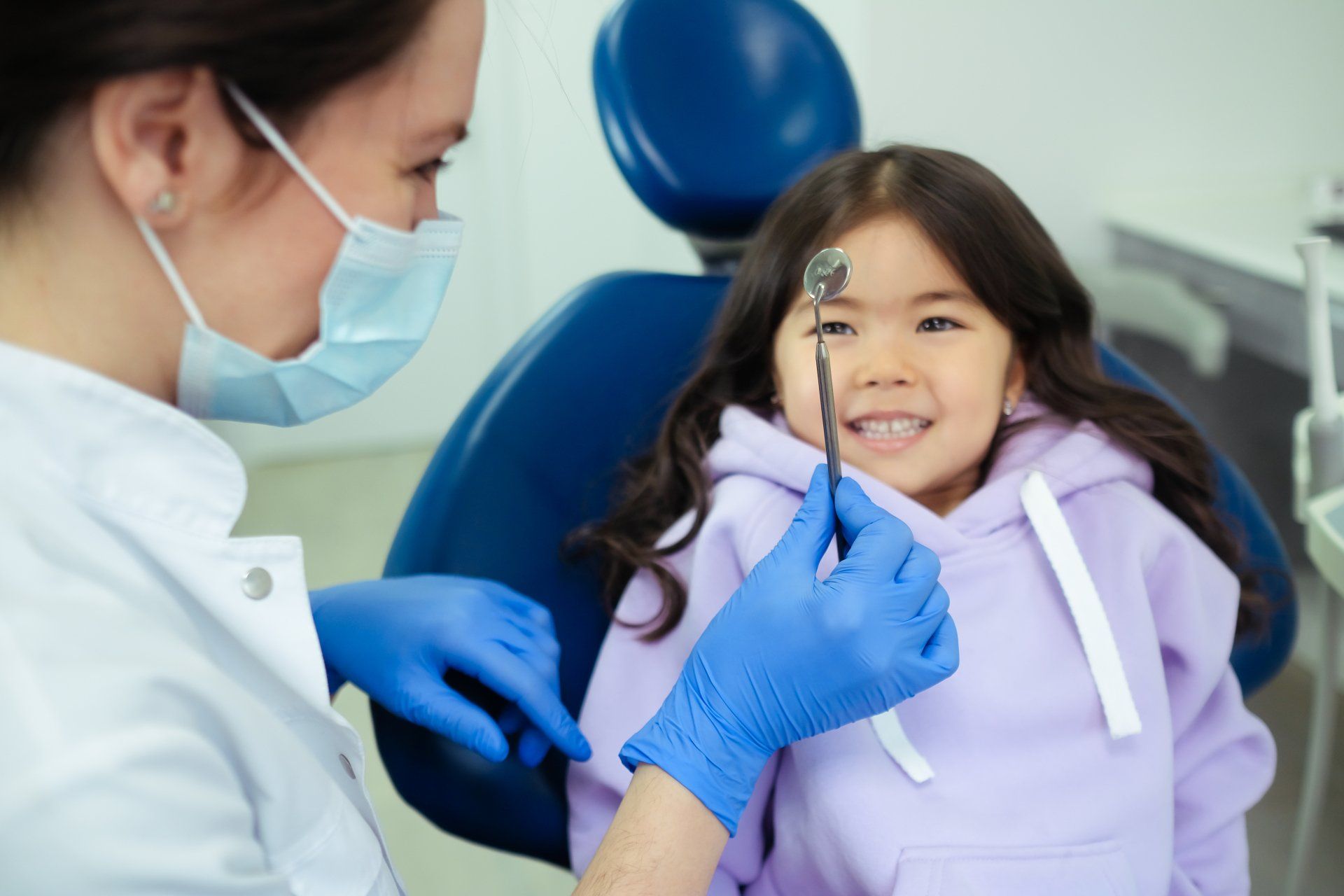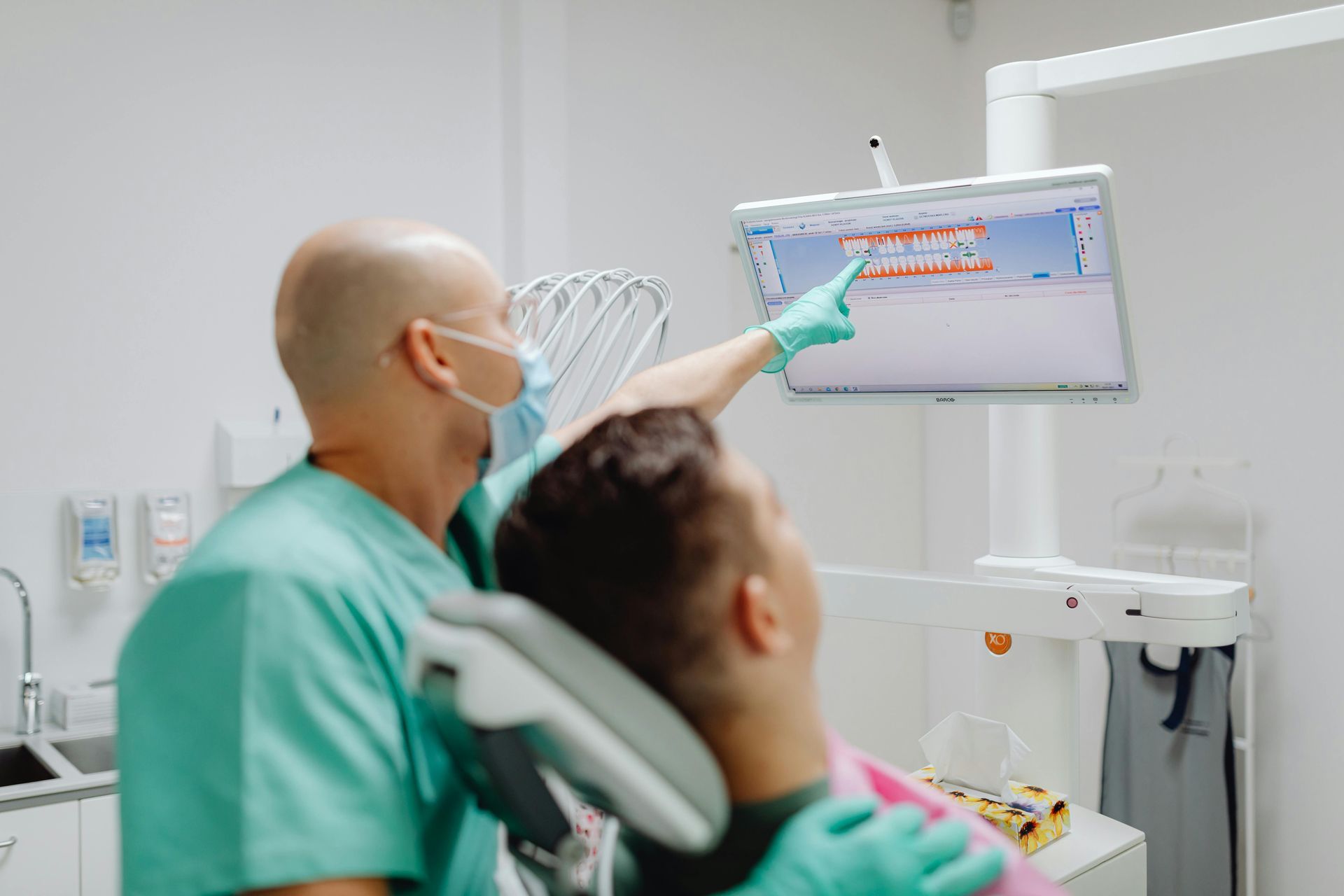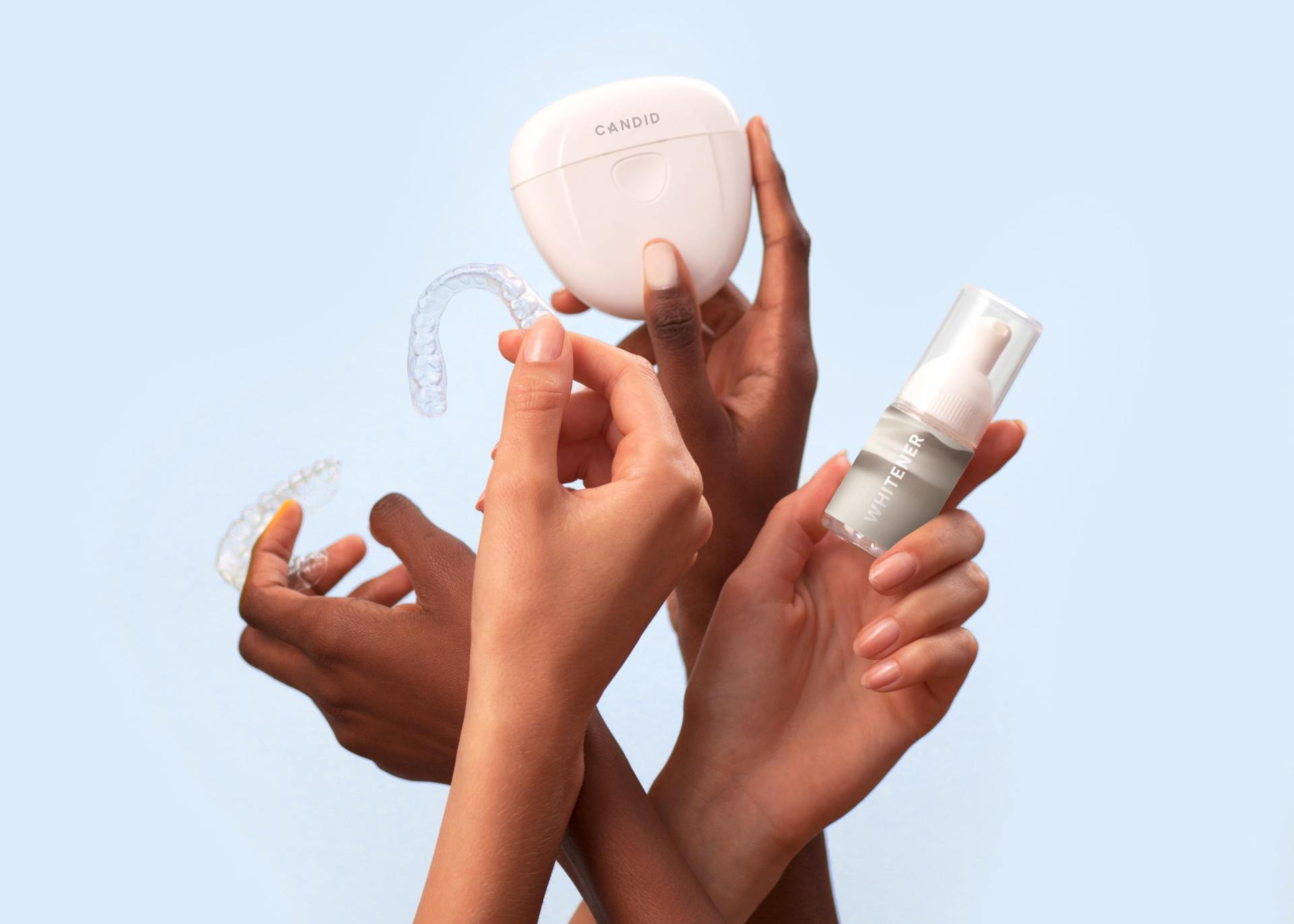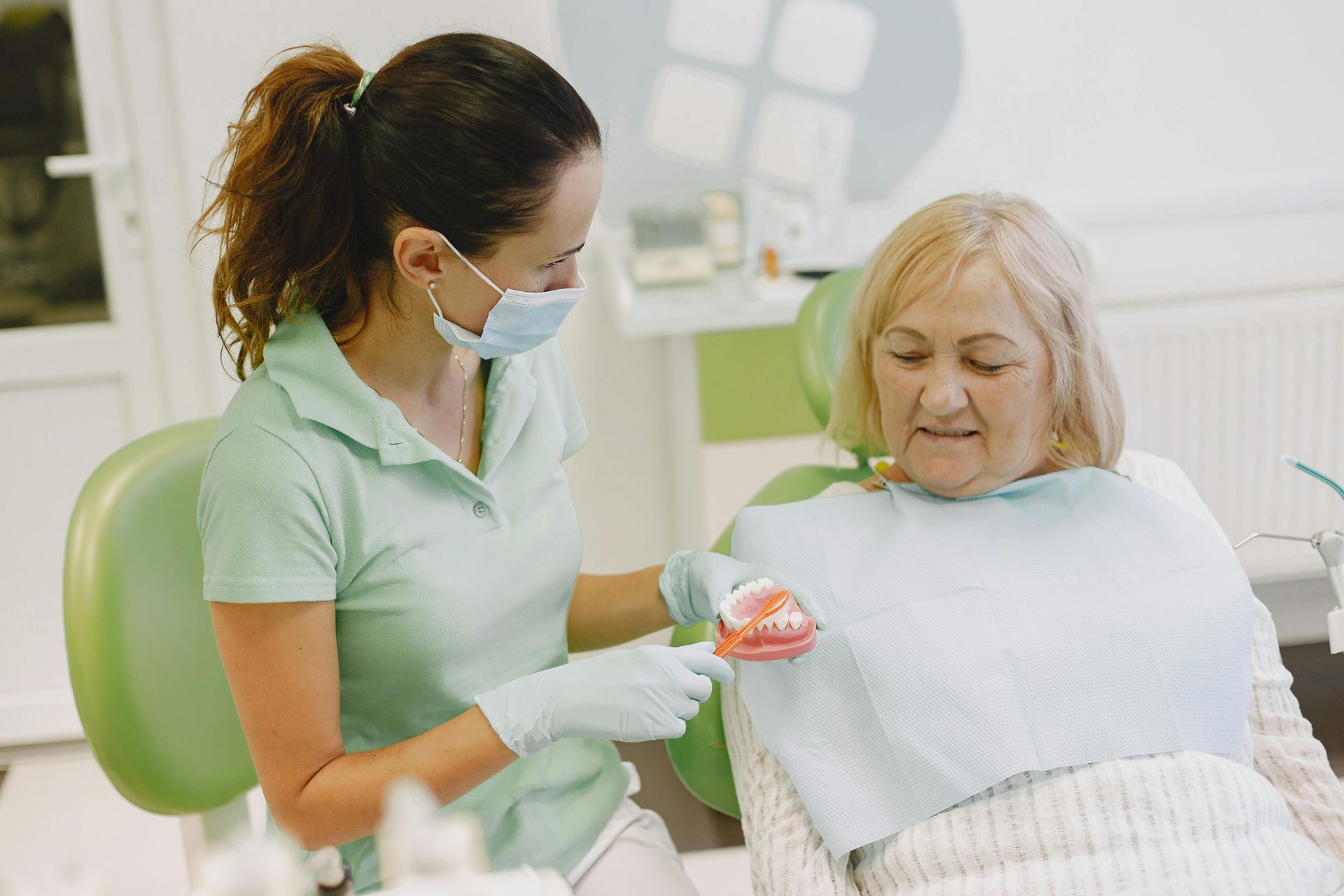Exploring Invisalign: Top 5 Questions to Clearify
Key Benefits of Invisalign
Invisalign has revolutionized orthodontic treatments by offering a discreet alternative to traditional braces for correcting Crooked and Crowded teeth. Unlike metal brackets, Invisalign consists of clear, removable aligners that gently shift teeth into the proper position. Here are the key benefits:
- Aesthetics: Invisalign aligners are nearly invisible, offering a cosmetic advantage over traditional metal braces, allowing for a more natural smile during treatment.
- Comfort: With smooth plastic construction, Invisalign avoids the discomfort of sharp edges that metal brackets often cause.
- Hygiene Convenience: These aligners are removable, facilitating better oral health, as one can maintain regular oral hygiene routines without the hindrance of fixed braces.
- Ease of Eating: There are no dietary restrictions. One can enjoy a wide range of foods by simply removing the aligners during meals.
- Predictable Results: Utilizing a digital treatment plan, Invisalign allows patients and orthodontists to visualize and track treatment progress, leading to more predictable outcomes.
- Fewer Office Visits: Since there are no adjustments like in traditional braces, regular appointments may be less frequent.
- Special Occasions: Removable aligners mean one can take them out for special occasions, making it a flexible treatment option.
With these attributes, Invisalign provides an effective solution for those seeking orthodontic correction with added convenience and confidence.
Which Dental Issues can Invisalign solve?
Invisalign has become a popular choice for patients looking to resolve various dental issues without the visual impact and some of the inconveniences associated with traditional metal braces. It can effectively address a range of orthodontic problems, making it a versatile treatment option for many individuals.
Some of the dental issues that Invisalign can help solve include:
- Crowded Teeth: When there isn't enough space for all your teeth to fit normally within the jaws, teeth can bunch up, overlap and twist, sometimes getting pushed to the front or back.
- Overbite: An overbite occurs when the upper front teeth overlap with your lower front teeth. Most people have a little overbite, but excessive overbite can cause wear or injury.
- Underbite: An underbite happens when the lower teeth protrude past the front teeth. It's usually caused by undergrowth of the upper jaw, overgrowth of the lower jaw, or both.
- Crossbite: This occurs when some of the upper teeth sit inside the lower teeth rather than on the outside when the mouth is closed.
- Gap Teeth: Gaps between teeth can occur with abnormal growth of the jawbone or when some teeth are missing or undersized.
- Open Bite: An open bite is present when the upper and lower teeth don’t make physical contact with each other when the jaws are closed, which can make chewing or even speech more challenging.
Invisalign aligners are custom-designed to gradually move the teeth into the desired position, and they are particularly favored for their ability to treat these issues discreetly. During your initial consultation, an orthodontist will assess your specific dental challenges and develop a personalized treatment plan that considers the complexity of your case to determine if Invisalign is the best solution for you.
How Effective Is Invisalign?
When evaluating treatment options, the effectiveness of Invisalign is a common question among patients. The effectiveness of Invisalign, like other orthodontic treatments, depends on several factors including the complexity of the case, the patient's adherence to wearing the aligners as recommended, and attending regular appointments.
Clinical studies and patient outcomes show that Invisalign can be highly effective for treating a wide range of orthodontic issues, from mild to moderate cases of misalignment. Invisalign technology utilizes a digital treatment plan which maps out the step-by-step transformation of the patient's smile, ensuring that each move is calculated with precision. Moreover, the visibility of this digital treatment plan allows patients to see potential outcomes before starting treatment, reinforcing the treatment's predictability and effectiveness.
Key factors contributing to Invisalign's effectiveness include:
- Consistent wear: The aligners should be worn for 20 to 22 hours a day.
- Regular monitoring: Follow-up appointments with the orthodontist are crucial for progress checks and to receive the next sets of aligners.
- Customization: Aligners are personalized for each patient, ensuring tailored treatment.
However, for very complex orthodontic issues, traditional braces may be a more suitable option. Consultation with an orthodontist can provide informed decision-making based on a thorough examination and discussion of one's specific needs.
In conclusion, Invisalign is an effective treatment for a variety of dental issues, offering a discreet and comfortable alternative to traditional metal braces. As with all dental treatments, results will vary per individual, but adherence to the treatment plan, including wearing aligners as prescribed and maintaining oral health, is critical for the best outcomes.
What Does the Treatment Process Involve?
Invisalign treatment involves several key steps that take advantage of digital technology and personalized care. From the initial consultation to the final retainer treatment, the entire process is tailored to each patient’s unique needs. After an in-depth assessment and discussion of treatment options, patients receive a series of custom-made, removable aligners that progressively shift their teeth into the proper alignment. These aligners are crafted using a digital treatment plan that maps out the journey of the teeth from start to finish. The treatment process requires commitment, as patients must wear the aligners for the recommended 20 to 22 hours per day and attend follow-up appointments to monitor progress. Post-treatment, a retainer is typically used to maintain the new position of the teeth. Throughout this journey, maintaining oral health and hygiene advice plays a critical role in ensuring the success of the Invisalign treatment.
Initial Consultation and Evaluation
The first step towards a straighter smile with Invisalign involves an initial consultation with an orthodontist. During this appointment, the orthodontist will:
- Evaluate the patient’s oral health to ensure they are suitable candidates for Invisalign.
- Discuss specific concerns such as crooked teeth, crowded teeth, gaps, or bite issues.
- Provide information on various treatment options, including the differences between Invisalign and traditional braces.
- Use digital imaging technology to create a 3D model of the patient’s teeth.
- Address common questions and concerns such as treatment time, payment options, and the overall expected outcome.
This evaluation is the foundation of the personalized treatment plan, setting the stage for the entire transformation.
Custom Treatment Plan and Aligners
After the initial consultation, orthodontists utilize advanced technology to create a detailed digital treatment plan. This plan not only showcases the step-by-step transformation of the patient's smile but also informs the creation of the custom aligners.
Key elements include:
- Precise digital models of the current and desired teeth positions.
- A series of aligners designed to apply just the right amount of force at the right time.
- Predictions for the movement of each tooth during the treatment.
Patients receive their sequence of custom aligners, each of which must be worn for about one to two weeks before moving on to the next set. Patients also receive clear instructions regarding the maintenance and care of the aligners, including the importance of avoiding hot water and ensuring connection security when wearing them.
Timeline for Treatment Progress
The duration of Invisalign treatment varies depending on individual circumstances. However, the average treatment time ranges from 12 to 18 months.Patients should attend regular appointments with their orthodontist to ensure the teeth are moving as planned. Special occasions or unique circumstances can sometimes be accommodated within the treatment plan. Following the active treatment phase, wearing a retainer is critical to prevent a relapse.
It is essential to follow the prescribed treatment plan closely to achieve the desired results within the estimated timeline. An informed decision at the outset, followed by comprehensive treatment monitoring and a commitment to oral health regimes, can lead to a successful and satisfying outcome.
How to take care of your clear aligners?
When it comes to maintaining your clear aligners such as Invisalign, hygiene advice is paramount. Here’s how to take care of them:
Rinse and Clean Regularly
- Rinse your aligners with water every time you remove them to eliminate saliva and plaque.
- Clean them thoroughly with a soft-bristled toothbrush and clear, unscented soap to avoid discoloration.
Avoid Heat
- Keep aligners away from hot water and high temperatures to prevent warping.
Practice Good Oral Health
- Brush and floss your teeth before reinserting aligners to maintain oral health and prevent trapping food particles.
Store Properly
- Use the case provided to protect and keep your aligners safe when not in wearing them.
Do Not Eat or Drink While Wearing
- Remove aligners while eating or drinking anything other than water to prevent damage and staining.
What Is the Importance of Post-Treatment Care?
Post-treatment care is critical in ensuring the longevity and success of any orthodontic treatment, including Invisalign. Once the active phase of moving teeth into their ideal positions is completed, it doesn't mean the work is over. Teeth have a tendency to shift back to their original positions over time—a process known as relapse. This can undo the careful and often costly adjustments achieved during treatment.
Proper post-treatment care involves several steps designed to stabilize the teeth in their new alignment and support your oral health. It typically includes the use of retainers to maintain the teeth's proper position, regular check-ups with your orthodontist, and continued good oral hygiene practices. Adhering strictly to the personalized treatment plan provided by your orthodontist is essential to avoid regression and protect your investment in a straighter, healthier smile.
By understanding and committing to the recommended post-treatment regimen, patients are more likely to enjoy their beautifully aligned teeth for many years to come, making an informed decision to follow through with post-treatment care as essential as the treatment itself.
Use of Retainers
Retainers are an integral part of the post-treatment care for patients who have undergone Invisalign or other forms of orthodontic treatments. These devices are custom-made to fit the patient's newly aligned teeth snugly and are used to hold teeth in their proper position while the gums, bones, and muscles adapt to the changes.
There are two main types of retainers: removable and fixed. Removable retainers can be taken out for cleaning and during meals, while fixed retainers are bonded to the back of the teeth. Your orthodontist will provide a retainer treatment plan that may involve wearing the retainer all the time initially, followed by only wearing it at night, gradually decreasing the necessity over time.
After the dedicated treatment time, many patients will still need to wear the retainers regularly, especially at night, to ensure lasting results. This commitment is vital to preventing the teeth from slowly drifting back to their original position. While it may seem like an extra step, wearing a retainer is an investment in maintaining your smile's proper alignment and ensuring the work completed during the initial orthodontic treatment does not go to waste.
Long-Term Maintenance of Results
The long-term maintenance of results achieved from orthodontic treatments such as Invisalign hinges on a combination of retainer use and excellent oral hygiene. To keep your smile looking its best for years to come, consider the following recommendations:
- Wear your retainer as prescribed by your orthodontist.
- Schedule regular appointments with your dental and orthodontic professionals to monitor the stability of your treatment results.
- Maintain excellent oral hygiene by brushing twice daily, flossing, and using mouthwash to prevent any dental issues that might affect the alignment of your teeth.
- Address any dental health problems immediately to prevent them from impacting your orthodontic treatment's lasting effects.
By incorporating these practices into your daily routine, you can help ensure the investment in your smile provides the maximum possible returns for the long term. Each step in this maintenance process plays an essential role in upholding the health and aesthetics of your newly aligned teeth.
At Don River Dental we give you the best tips . If you are experiencing any symptoms or pain please feel free to call us at (416) 901 - 9292 and someone from our team will be happy to answer any questions and schedule an appointment as soon as possible. We offer safe soothing dentistry in North York.












